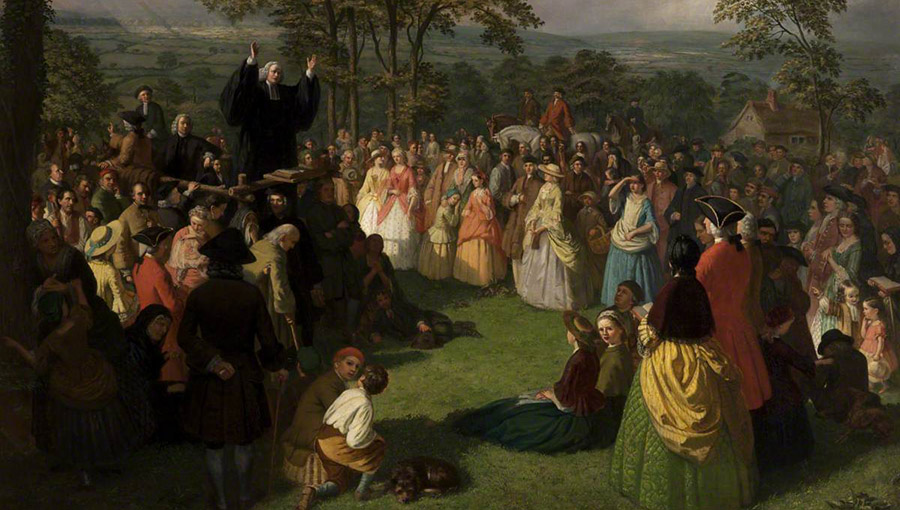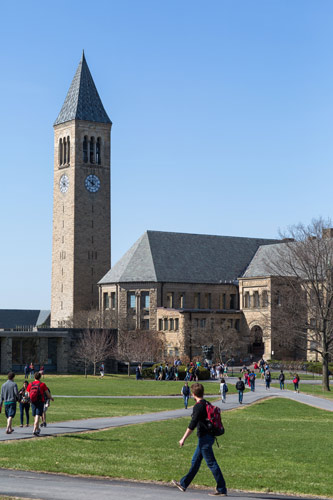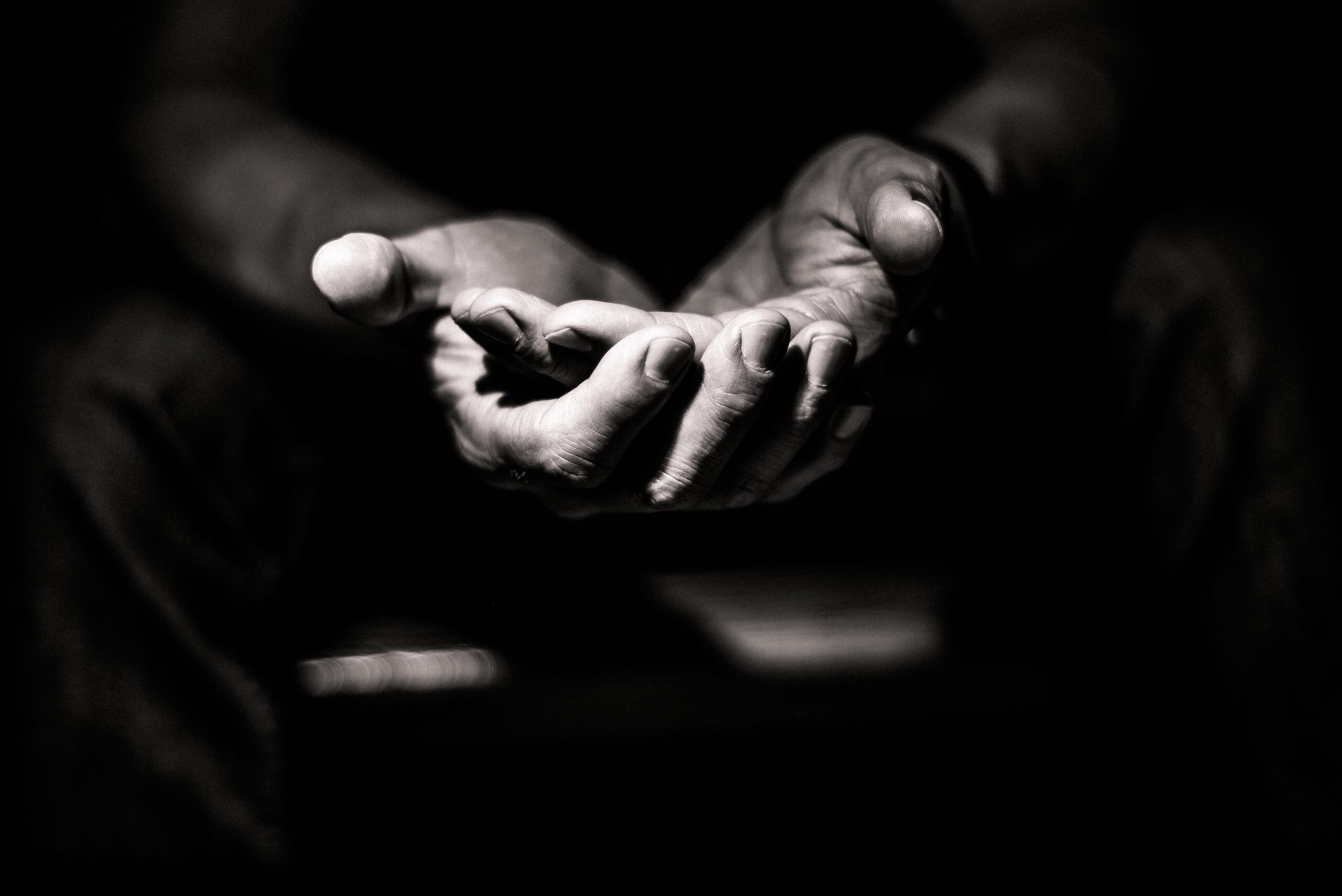Movement Must Be Concerted, United, and Sustained
by christian union; first published in 2021; republished 2025
The following article, by the late scholar and preacher of revival Dr. J. Edwin Orr (1912-1987), was reprinted with permission from www.jedwinorr.com.
Dr. A. T. Pierson once said, “There has never been a spiritual awakening in any country or locality that did not begin in united prayer.” Let me recount what God has done through concerted, united, sustained prayer.
 George Whitefield Preaching in Bolton, June 1750 (painting by Thomas Walley); Photo credit: Bolton Library & Museum Services, Bolton Council
George Whitefield Preaching in Bolton, June 1750 (painting by Thomas Walley); Photo credit: Bolton Library & Museum Services, Bolton Council
Not many people realize that in the wake of the American Revolution (following 1776-1781) there was a moral slump. Drunkenness became epidemic. Out of a population of five million, 300,000 were confirmed drunkards; Profanity was of the most shocking kind. For the first time in the history of the American settlement, women were afraid to go out at night for fear of assault. Bank robberies were a daily occurrence.
What about the churches? The Methodists were losing more members than they were gaining. The Baptists said that they had their most wintry season. The Presbyterians in general assembly deplored the nation’s ungodliness. In a typical Congregational church, the Rev. Samuel Shepherd of Lennos, Massachusetts, in sixteen years had not taken one young person into fellowship. The Lutherans were so languishing that they discussed uniting with Episcopalians, who were even worse off. The Protestant Episcopal Bishop of New York, Bishop Samuel Provost, quit functioning; he had confirmed no one for so long that he decided he was out of work, so he took up other employment. The Chief Justice of the United States, John Marshall, wrote to the Bishop of Virginia, James Madison, that the Church “was too far gone ever to be redeemed.” Voltaire averred and Tom Paine echoed, “Christianity will be forgotten in thirty years.”
Take the liberal arts colleges at that time. A poll taken at Harvard had discovered not one believer in the whole student body. They took a poll at Princeton, a much more evangelical place, where they discovered only two believers in the student body, and only five that did not belong to the filthy speech movement of that day. Students rioted. They held a mock communion at Williams College, and they put on anti-Christian plays at Dartmouth. They burned down Nassau Hall at Princeton. They forced the resignation of the president of Harvard. They took a Bible out of a local Presbyterian church in New Jersey, and they burnt it in a public bonfire. Christians were so few on campus in the 1790’s that they met in secret, like a communist cell, and kept their minutes in code so that no one would know.
How did the situation change?
There was a Scottish Presbyterian minister in Edinburgh named John Erskine, who published a Memorial (as he called it) pleading with the people of Scotland and elsewhere to unite in prayer for the revival of religion. He sent one copy of this little book to Jonathan Edwards in New England. The great theologian was so moved that he wrote a response which grew longer than a letter, so that finally he published it as a book entitled A Humble Attempt to Promote Explicit Agreement and Visible Union of all God’s People in Extraordinary Prayer for the Revival of Religion and the Advancement of Christ’s Kingdom on Earth, pursuant to Scripture Promises and Prophecies... Is not this what is missing so much from all our evangelistic efforts: explicit agreement, visible unity, unusual prayer?
1792-1800
This movement had started in Britain through William Carey, Andrew Fuller, and John Sutcliffe and other leaders who began what the British called the Union of Prayer. Hence, the year after John Wesley died (1791), the second great awakening began and swept Great Britain.
In New England, there was a man of prayer named Isaac Backus, a Baptist pastor, who in 1794, when conditions were at their worst, addressed an urgent plea for prayer for revival to pastors of every Christian denomination in the United States. Churches knew that their backs were to the wall. All the churches adopted the plan until America, like Britain, was interlaced with a network of prayer meetings, which were held on the first Monday of the month. It was not long before revival came.
When the revival reached the frontier in Kentucky, it encountered a wild and irreligious people. Congress had discovered that in Kentucky there had not been more than one court of justice held in five years. Peter Cartwright, a Methodist evangelist, wrote that when his father had settled in Logan County, it was known as “Rogue’s Harbour.” The decent people in Kentucky formed regiments of vigilantes to fight for law and order, then fought a pitched battle with outlaws and lost.
There was a Scotch-Irish Presbyterian minister named James McGready whose chief claim to fame was that he was so ugly that he attracted attention. McGready, who settled in Logan County, was the pastor of three little churches. He wrote in his diary that the winter of 1799, for the most part, was “weeping and mourning with the people of God.” Lawlessness prevailed everywhere.
McGready was such a man of prayer that not only did he promote the concert of prayer every first Monday of the month, but he got his people to pray for him at sunset on Saturday evening and sunrise Sunday morning. Then, in the summer of 1800, came the great Kentucky revival. Eleven thousand people came to a communion service. McGready hollered for help, regardless of denomination.
Out of that second great awakening, came the whole modern missionary movement and its societies. Out of it came the abolition of slavery, popular education, Bible Societies, Sunday Schools, and many social benefits accompanying the evangelistic drive.
1858-1860
Following the second great awakening, which began in 1792 just after the death of John Wesley and continued into the turn of the century, conditions again deteriorated. This is illustrated from the United States. The country was seriously divided over the issue of slavery, and second, people were making money lavishly.
In September 1857, a man of prayer, Jeremiah Lanphier, started a businessmen’s prayer meeting in the upper room of the Dutch Reformed Church Consistory Building in Manhattan. In response to his advertisement, only six people out of a population of a million showed up. But the following week there were fourteen, and then twenty-three when it was decided to meet every day for prayer. By late winter they were filling the Dutch Reformed Church, then the Methodist Church on John Street, then Trinity Episcopal Church on Broadway at Wall Street. In February and March of 1858, every church and public hall in downtown New York was filled.
Horace Greeley, the famous editor, sent a reporter with horse and buggy racing round the prayer meetings to see how many men were praying. In one hour he could get to only twelve meetings, but he counted 6,100 men attending. Then a landslide of prayer began, which overflowed to the churches in the evenings. People began to be con-verted, ten thousand a week in New York City alone. The movement spread throughout New England, the church bells bringing people to prayer at eight in the morning, twelve noon, and six in the evening. The revival raced up the Hudson and down the Mohawk, where the Baptists, for example, had so many people to baptize that they went down to the river, cut a big hole in the ice, and baptized them in the cold water. When Baptists do that they are really on fire!
When the revival reached Chicago, a young shoe salesman went to the superintendent of the Plymouth Congregational Church and asked if he might teach Sunday School. The superintendent said, “I am sorry, young fellow. I have sixteen teachers too many, but I will put you on the waiting list.”
The young man insisted, “I want to do something just now.” “Well, start a class.” “How do I start a class?” “Get some boys off the street, but don’t bring them here. Take them out into the country and after a month you will have control of them, so bring them in. They will be your class.” He took them to a beach on Lake Michigan and he taught them Bible verses and Bible games. Then he took them to the Plymouth Congregational Church. The name of that young man was Dwight Lyman Moody, and that was the beginning of a ministry that lasted forty years.
Trinity Episcopal Church in Chicago had 121 members in 1857 and 1,400 in 1860. That was typical of the churches. More than a million people were converted to God in one year out of a population of thirty million. Then that same revival jumped the Atlantic, appeared in Ulster, Scotland, and Wales, then England, parts of Europe, South Africa, and South India, anywhere there was an evangelical cause. It sent mission pioneers to many countries. Effects were felt for forty years. Having begun in a movement of prayer, it was sustained by a movement of prayer.
1904-1905
The Fulton Street Revival lasted for a generation, but at the turn of the century there was need of awakening again. A general movement of prayer began, with special prayer meetings at Moody Bible Institute, at Keswick Conventions in England, and places as far apart as Melbourne, Wonsan in Korea, and the Nilgiri Hills of India. All around the world, believers were praying that there might be another great awakening in the twentieth century.
In the revival of 1905, I read of a young man who became a famous professor, Kenneth Scott Latourette. He reported that, at Yale in 1905, 25 percent of the student body was enrolled in prayer meetings and in Bible study. As far as churches were concerned, the ministers of Atlantic City reported that, of a population of fifty thousand, there were only fifty adults left unconverted. Take Portland in Oregon: two hundred and forty major stores closed from 11 a.m. to 2 p.m. each day to enable people to attend prayer meetings, signing an agreement so that no one would cheat and stay open. Take First Baptist Church of Paducah in Kentucky: the pastor, an old man, Dr J. J. Cheek, took a thousand members in two months and died of overwork, the Southern Baptists saying, “a glorious ending to a devoted ministry.” That is what was happening in the United States in 1905. But how did it begin?
Most people have heard of the Welsh Revival, which started in 1904. It began as a movement of prayer. Seth Joshua, the Presbyterian evangelist, came to Newcastle Emlyn College where a former coal miner, Evan Roberts, was studying for the ministry. The students were so moved that they asked if they could attend Joshua’s next campaign nearby. So they cancelled classes to go to Blaenanerch where Seth Joshua prayed publicly, “O God, bend us.” Roberts, 26, went forward where he prayed with great agony, “O God, bend me.” Upon his return, he could not concentrate on his studies. He went to the principal of his college and explained, “I keep hearing a voice that tells me I must go home and speak to our young people in my home church. Principal Phillips, is that the voice of the devil or the voice of the Spirit?”
Principal Phillips answered wisely, “The devil never gives orders like that. You can have a week off.” So, he went back home to Loughor and announced to the pastor, “I’ve come to preach.” The pastor was not at all convinced, but asked, “How about speaking at the prayer meeting on Monday?” He did not even let him speak to the prayer meeting, but told the praying people, “Our young brother, Evan Roberts, feels he has a message for you if you care to wait.” Seventeen people waited behind and were impressed with the directness of the young man’s words. Evan Roberts told his fellow members, “I have a message for you from God.”
“You must confess any known sin to God and put any wrong done to others right.
Second, you must put away any doubtful habit.
Third, you must obey the Spirit promptly. Finally, you must confess your faith in Christ publicly.”
By ten o’clock, all seventeen had responded. The pastor was so pleased that he asked, “How about your speaking at the mission service tomorrow night? Midweek service Wednesday night?” He preached all week, and was asked to stay another week. Then the break came. Suddenly, the dull ecclesiastical columns in the Welsh papers changed: “Great crowds of people drawn to Loughor.” The main road between Llanelly and Swansea, on which the church was situated, was packed with people trying to get in. Shopkeepers closed early to find a place in the big church. Now the news was out. A reporter was sent down and he described vividly what he saw: a strange meeting which closed at 4:25 in the morning, and even then people did not seem willing to go home. There was a very British summary: “I felt that this was no ordinary gathering.” Next day, every grocery shop in that industrial valley was emptied of groceries by people attending the meetings, and on Sunday, every church was filled.
The movement went like a tidal wave over Wales, in five months there being a hundred thousand people converted throughout the country. Five years later, Dr. J. V. Morgan wrote a book to debunk the revival, his main criticism being that, of a hundred thousand joining the churches in five months of excitement, after five years, only seventy-five thousand still stood in the membership of those churches!
The social impact was astounding. For example, judges were presented with white gloves, not a case to try; no robberies, no burglaries, no rapes, no murders, and no embezzlements, nothing. District councils held emergency meetings to discuss what to do with the police now that they were unemployed. In one place, the sergeant of police was sent for and asked, “What do you do with your time?” He replied, “Before the revival, we had two main jobs, to prevent crime and to control crowds, as at football games. Since the revival started there is practically no crime. So we just go with the crowds.”
A councilor asked, “What does that mean?” The sergeant replied, “You know where the crowds are. They are packing out the churches.” “But how does that affect the police?” He was told, “We have 17 police in our station, but we have three quartets, and if any church wants a quartet to sing, they simply call the police station.”
As the revival swept Wales, drunkenness was cut in half. There was a wave of bankruptcies, but nearly all taverns. There was even a slowdown in the mines, for so many Welsh coal miners were converted and stopped using bad language that the horses that dragged the coal trucks in the mines could not understand what was being said to them. That revival also affected sexual moral standards. I had discovered through the figures given by British government experts, that in Radnorshire and Merioneth-shire the illegitimate birth rate had dropped 44 percent within a year of the beginning of the revival.
The revival swept Britain, Scandinavia, Germany, North America, Australasia, Africa, Brazil, Mexico, and Chile. As always, it began through a movement of prayer.
To learn more about Christian Union’s ministry at some of the nation’s most influential universities, please click here.



